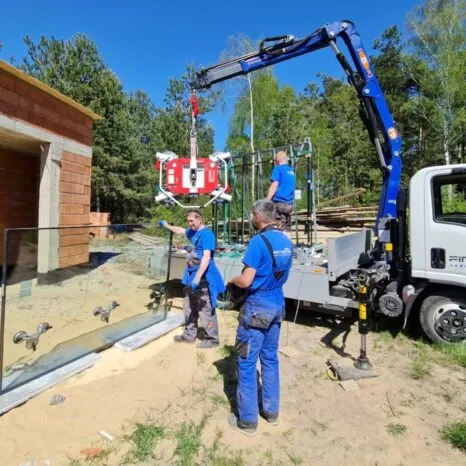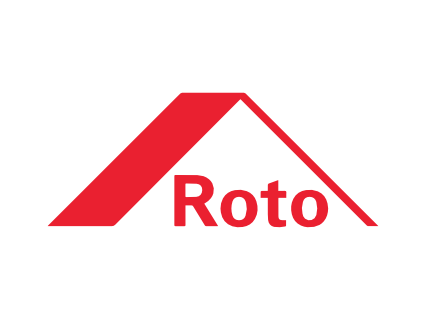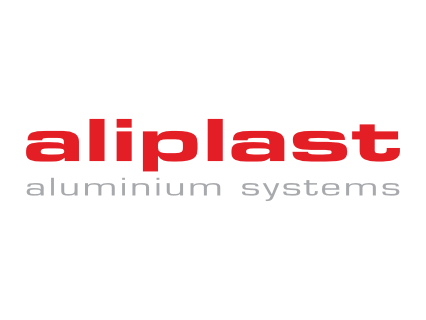
Are you facing the choice of windows for your home or flat? Wondering which window panel to opt for? In this article, we will compare aluminium with other materials that are most commonly used for window frames. We will help you make an informed choice of the best window frames to suit your needs.
Material comparison
Window joinery plays a key role in our homes and buildings, affecting both aesthetics and functionality. When choosing windows, often one of the biggest dilemmas is which material to use. On the market, we can find window joinery made of aluminium, but also wood, PVC (polyvinyl chloride) or composite. What are the differences between the various raw materials?
Strength and durability
Aluminium is an extremely strong material. It is resistant to corrosion and is not deformed or damaged by weathering. These properties make aluminium window frames an excellent choice for windows exposed to moisture, rain or sun.
Compared to aluminium, timber can be more prone to deformation and is a material that requires regular maintenance. PVC and composites are also durable, but it is aluminium that stands out for its outstanding strength and long-lasting quality.
Thermal insulation
The energy efficiency of windows is important for energy savings and thermal comfort inside a building. Although aluminium is a good conductor of heat, today aluminium windows are equipped with thermal bridging interruption technologies. This enables excellent insulating properties to be provided, which will contribute directly to reducing heat loss, thereby improving the energy efficiency of the entire house or flat. Wood, PVC and composites also offer good thermal insulation, but it is aluminium that is gaining popularity with its innovative thermal solutions.
Esthetics and styles available
Aluminium offers extremely versatile aesthetics and a wide choice of styles. Its distinctive thin profiles and modern appearance are particularly appealing to lovers of modern architecture. Aluminium can be easily adapted to a variety of window sizes and shapes, enabling bespoke designs. Wood is considered more traditional and warm, but requires regular painting and maintenance. PCV and composite also offer a variety of styles, although on the other hand aluminium stands out for its modern aesthetic.
Production and maintenance costs
Compared to wood, aluminium has significantly lower production costs. Aluminium is easy to work with, which translates into competitive prices. In addition, aluminium does not require regular maintenance like wood, which needs painting and varnishing every few years.
Window joinery costs
In terms of the cost of window joinery, it is worth making a detailed comparison between aluminium and other materials such as timber, uPVC and composite. Below are the key factors to consider when assessing the cost of these materials.
Purchase and installation costs
Aluminium window prices can vary depending on a number of factors, such as size, style, special designs, etc. However, when compared to timber, aluminium tends to be the more economical choice. Wood can be expensive due to the material and complicated manufacturing processes. PVC and composite usually have competitive prices compared to aluminium, but it is worth noting that final costs can vary depending on the quality and specifications of the product.
Energy efficiency
Window energy efficiency savings are an important factor considered by many customers. Aluminium, despite its good strength, can have lower thermal insulation compared to timber, PVC and some composites. However, we are keen to point out that today’s thermal break aluminium windows are designed to reduce heat loss and improve energy efficiency. When you are assessing long-term savings, it is worth considering the costs associated with energy loss.
Durability and long-term investment
Aluminium is known for its exceptional durability and corrosion resistance, meaning that aluminium windows can be a long-term investment. Other materials require regular renewal of protective coatings, which comes at some cost in the long term. PVC and composites are also long-lasting, but as they age, the hardware may need to be replaced, which also comes at some cost.
In summary, the cost of aluminium window joinery tends to be more competitive compared to other materials and maintenance costs are significantly lower. However, it is worth noting that prices can vary depending on a number of factors such as size, specifications and local market factors. Before making a final decision, we always recommend that you consult a window specialist who can help you choose the perfect windows to suit your individual needs and preferences.

















